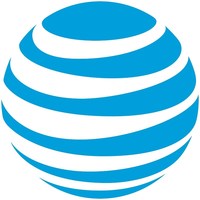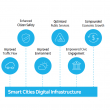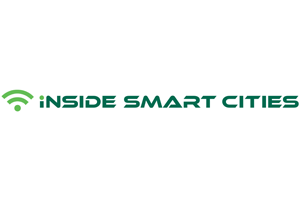
AT&T and Cisco are currently exploring opportunities to integrate the Cisco Kinetic for Cities platform into select AT&T Smart Cities solutions. Cisco Kinetic for Cities offers single pane of glass lets you view and manage data from the lighting, parking, traffic, waste management, and Wi-Fi deployments around your city. As a cloud-based platform, Cisco Kinetic helps cities extract, compute, and move data from connected things to secure IoT applications to deliver better outcomes and services.
Cities today are looking to unlock the value of the data being generated by connected machines, things and spaces,” said Anil Menon, Global President, Smart+Connected Communities, Cisco. “Cisco Kinetic for Cities is purpose-built to harness the power of all that data to drive smart city initiatives forward. Together with AT&T we want to help bridge the disparities between connected devices, people, and processes to simplify operations, enable new revenue sources, and allow leaders to be more responsive to citizen needs.”

The open architecture of the Cisco Kinetic for Cities platform makes it easy to add solutions to address a wide range of city needs. The platform unlocks citywide data, enabling it to be used by previously siloed devices, applications, and services. Data that was once used by a single party to power a single application can now be utilized by many parties across many applications, multiplying the value of that data and enabling a seemingly endless amount of new services that help increase the quality of life in today’s cities.
When a city’s data is harnessed, analyzed and acted upon—securely in near real-time—it opens up a world of opportunities,” said Mike Zeto, general manager, AT&T Smart Cities. “With our strategic alliance members, we’re delivering solutions that will give city leaders meaningful insights into the communities they serve. This can mean improved quality of life for citizens.”
For example, the data provided by connected parking meters can be used to help drivers find an open parking space, third-party parking app providers can monetize that data, and city planners can utilize the data to better understand traffic patterns and peak usage times. One data point – parking meter availability – can be utilized by multiple parties to deliver many different services. The same possibilities apply to smart lighting, urban mobility, water metering, safety & security, and many other city services.



Leave a Comment